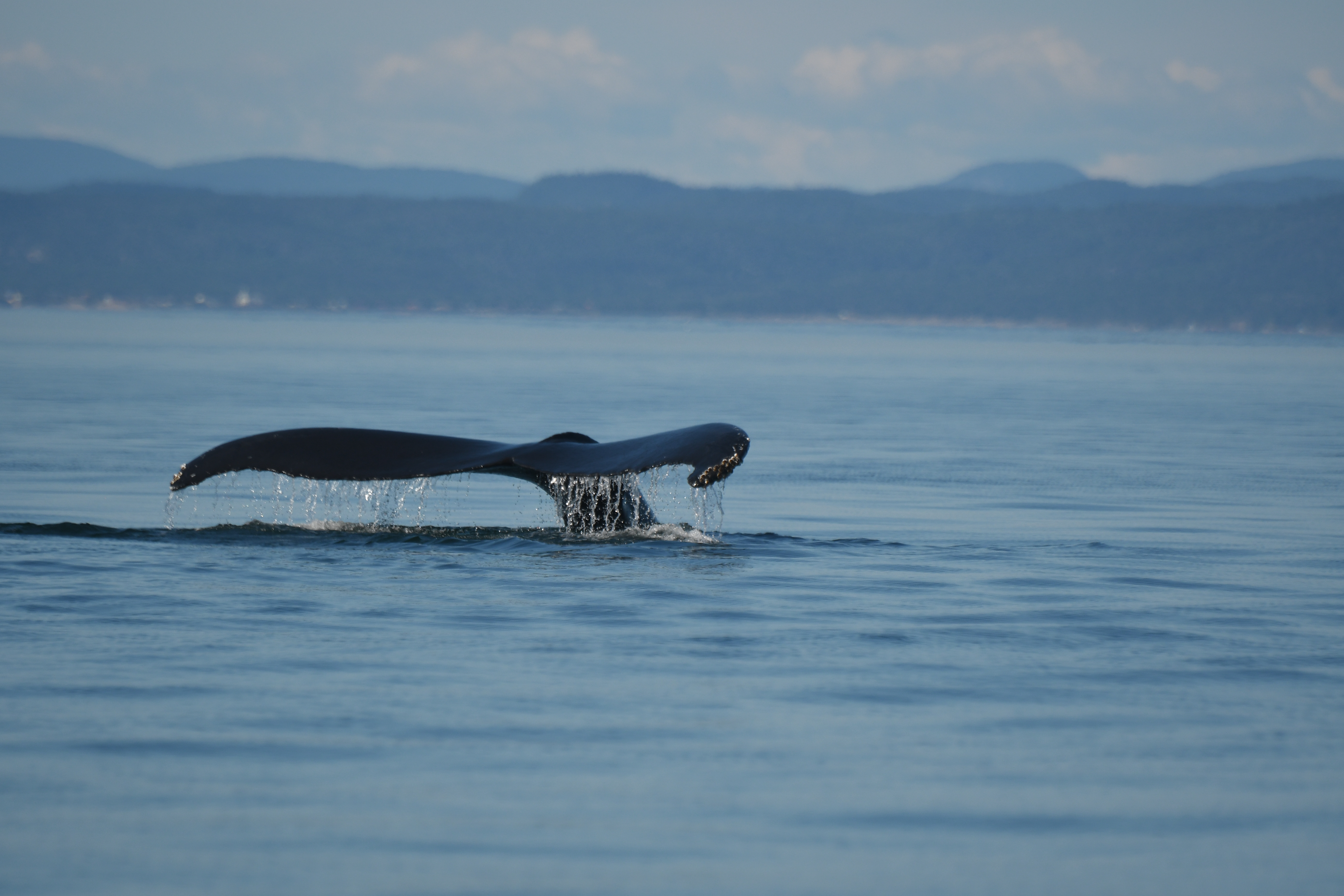Interview with Michael Parfit and Suzanne Chisholm, director and producer
National Geographic’s prestigious TV channel Nat Geo Wild will broadcast the documentary Call of the Baby Beluga on March 26 and 27. Viewers from around the world will be able to better understand the critical situation of the St. Lawrence beluga and the most recent potential solutions discovered by researchers who dedicate their lives to these whales.
For the occasion of the broadcast, Whales Online interviewed director Michael Parfit and producer Suzanne Chisholm.

Whales Online: You produced a documentary on St. Lawrence belugas and on advances in research on these mammals that, while rigorous, is also filled with sensitivity and beauty. What sparked your interest in belugas?
Michael Parfit: After our work on orcas [see Saving Luna, released in 2010], belugas became the logical next step. My first contact with them was back in 1992, when I came to do a report on the St. Lawrence River for National Geographic. As I was flying over the river near Tadoussac, I saw these magnificent white whales below. Then, for this same report, I met Pierre Béland, who is also interviewed in Call of the Baby Beluga. He succeeded in passing his passion on to me.
WOL: National Geographic offers an immense global forum for documentaries. What do you hope to achieve?
MP: We really want to make people aware of how precarious this species is. The United States has a strong impact on belugas through their use of the Great Lakes, which are the source of the St. Lawrence River. The country’s decision-makers can therefore play a major role in protecting these ecosystems.
Many people around the world have discovered the existence of belugas through animals kept in captivity, but we believe that seeing them filmed in the wild can have a greater impact. In the documentary, you can really see that belugas are social creatures. And that’s important!
Suzanne Chisholm: Understanding how belugas – and cetaceans in general – have a complex and rich social life helps relate to them and want to protect them. For a long time, scientists were reluctant when it came to acknowledging feelings or friendship in animals, but today, that is no longer the case. Belugas are social and emotional animals; they have friends and maintain relationships.

WOL: The images in the documentary are breathtaking. Long scenes were filmed using a drone. What motivated your choice?
MP: From the outset of the project, we asked ourselves: how can we best show beluga behaviour? We did not want to dive with them (nor were we authorized to), and even with an underwater camera, the Fjord is way too murky. I opted for the drone, as it seemed to me the most economical, the most environmentally friendly (a helicopter has much more impact), and the least disturbing for the belugas. And what a result!
It took hours of practise to get the hang of it, as I had the added challenge of getting the drone to take off and land from a boat. But really, the images are incredible and the belugas did not appear bothered for a moment that we were flying over them!
WOL: What was the biggest challenge for Call of the Baby Beluga?
SC: It was how to tell the story… Belugas and the St. Lawrence have a sad story, but we wanted viewers to remain hopeful. For us, seeing researchers devote themselves to the cause of protecting belugas and their environment inspired us so much that we wanted to pay tribute to them. That is why we chose to document the story of the rescue of the newborn beluga stranded alive in 2006, a bold action supported by research findings.
WOL: Any final words?
MP: Go see these belugas! [laughs] They are animals of sheer beauty. The Saguenay Fjord makes it possible to observe belugas from the mainland, without harming them. Baie Sainte-Marguerite, Cap de Bon-Désir, Pointe-Noire: these are all unique and extraordinary places. Go!
Directed by Michael Parfit and Suzanne Chisholm, Call of the Baby Beluga was first broadcast in January 2016 on CBC’s The Nature of Things, hosted by David Suzuki. It is still available for viewing in Canada. The documentary will now be broadcast worldwide thanks to National Geographic. Call of the Baby Beluga received three nominations and an honourable mention at the BLUE Ocean Film Festival in 2016.
Facebook page of Call of the Baby Beluga
To watch it for free, everywhere in Canada: The Nature of Things.
To watch it in the United States, in Mission Critical, National Geographic.
To watch it worldwide, except in Canada and the United States, on Nat Geo Wild.





